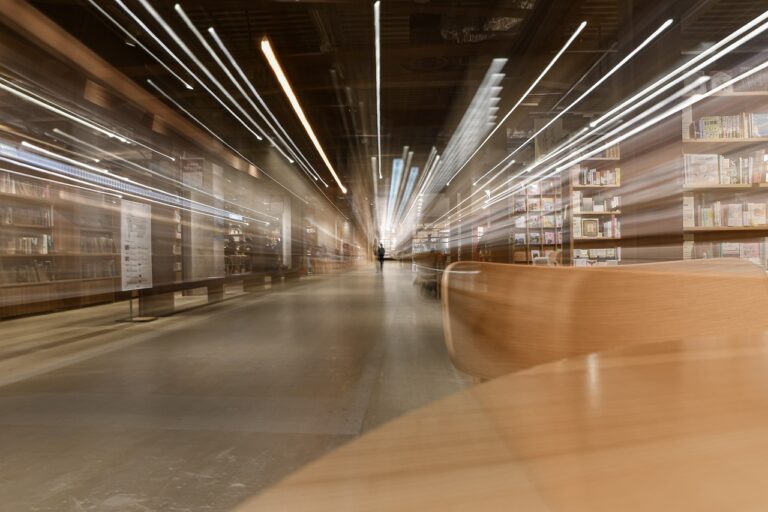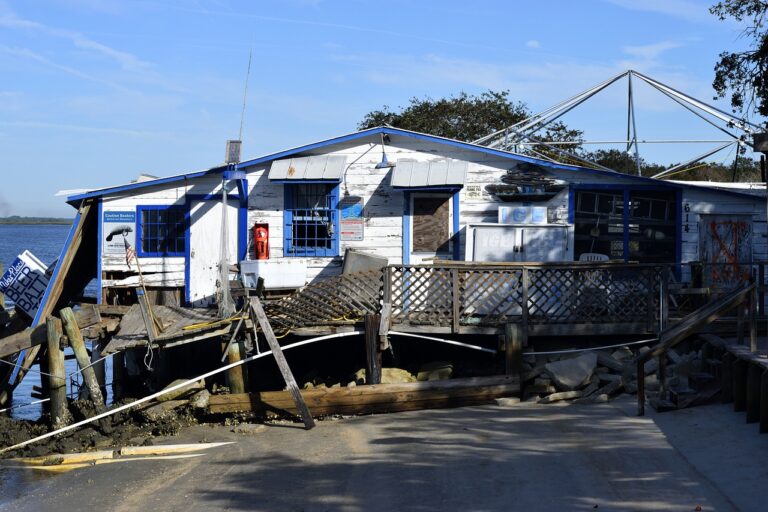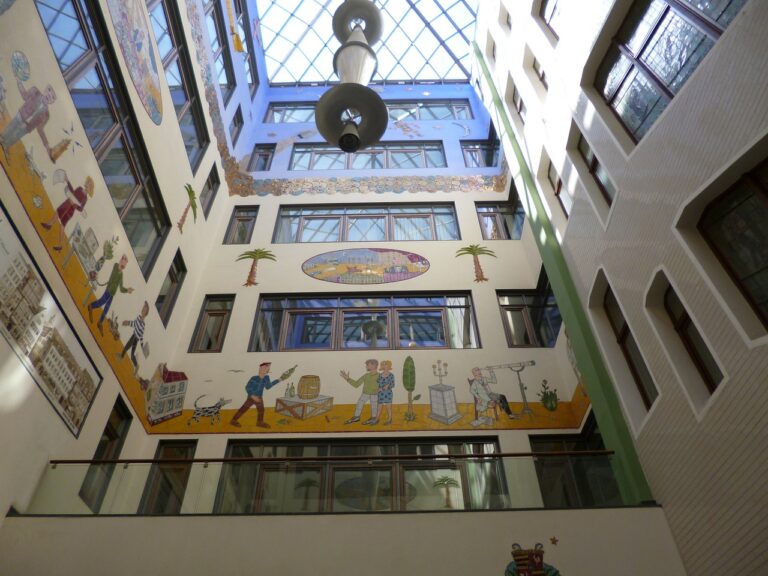The Future of Retail Store Layouts: Designing for Seamless Navigation and Engagement
When designing the layout of a retail store, it is crucial to prioritize the flow of the space. Ensuring that customers can easily navigate through the store without feeling overwhelmed or lost is key. This can be achieved by strategically placing key product displays and creating clear pathways for shoppers to follow.
Another important element to consider in retail store layout is the placement of promotional and seasonal displays. These eye-catching displays can draw customers in and create a sense of excitement within the store. By strategically placing these displays in high-traffic areas, retailers can increase visibility for specific products and drive sales. Additionally, it is important to regularly refresh these displays to keep the store looking fresh and engaging for customers.
The Impact of Technology on Retail Store Design
Technology has revolutionized the way retail stores approach their design and layout. From digital signage to smart shelves, the integration of technology has enhanced the overall shopping experience for customers. Retailers are embracing innovations such as virtual reality fitting rooms and in-store navigation apps to cater to the changing expectations of modern shoppers.
Furthermore, the utilization of data analytics and artificial intelligence has enabled retailers to personalize their store layouts based on customer preferences and purchase history. By analyzing data on foot traffic patterns and product interactions, retailers can optimize their store design to drive sales and improve customer satisfaction. Technology has become a powerful tool for retailers to stay competitive in today’s highly digitized retail landscape.
Creating a Personalized Shopping Experience through Layout
The layout of a retail store plays a crucial role in shaping the shopping experience for customers. By strategically arranging the store’s floor plan, retailers can create a personalized and engaging environment that resonates with their target audience. Each section of the store should be designed with the customer in mind, making it easy for them to navigate the space and discover products that appeal to their individual preferences.
Incorporating elements such as interactive displays, thoughtful signage, and cozy seating areas can enhance the overall shopping experience and make customers feel more connected to the brand. By understanding the needs and behaviors of their customers, retailers can tailor the store layout to create a welcoming and enjoyable atmosphere that encourages shoppers to explore and engage with the merchandise on a deeper level. This personalized approach to store design not only fosters customer loyalty but also increases the likelihood of repeat visits and word-of-mouth referrals.
What are some key elements to consider for an effective retail store layout?
Key elements to consider for an effective retail store layout include the store flow, product placement, visual merchandising, signage, and seating areas.
How does technology impact retail store design?
Technology has a significant impact on retail store design by enabling interactive displays, personalized recommendations, digital signage, and mobile payment options, all of which can enhance the overall shopping experience.
How can a retail store create a personalized shopping experience through layout?
A retail store can create a personalized shopping experience through layout by incorporating customer data and preferences into the design, offering personalized recommendations, and creating interactive experiences that cater to individual needs and preferences.







